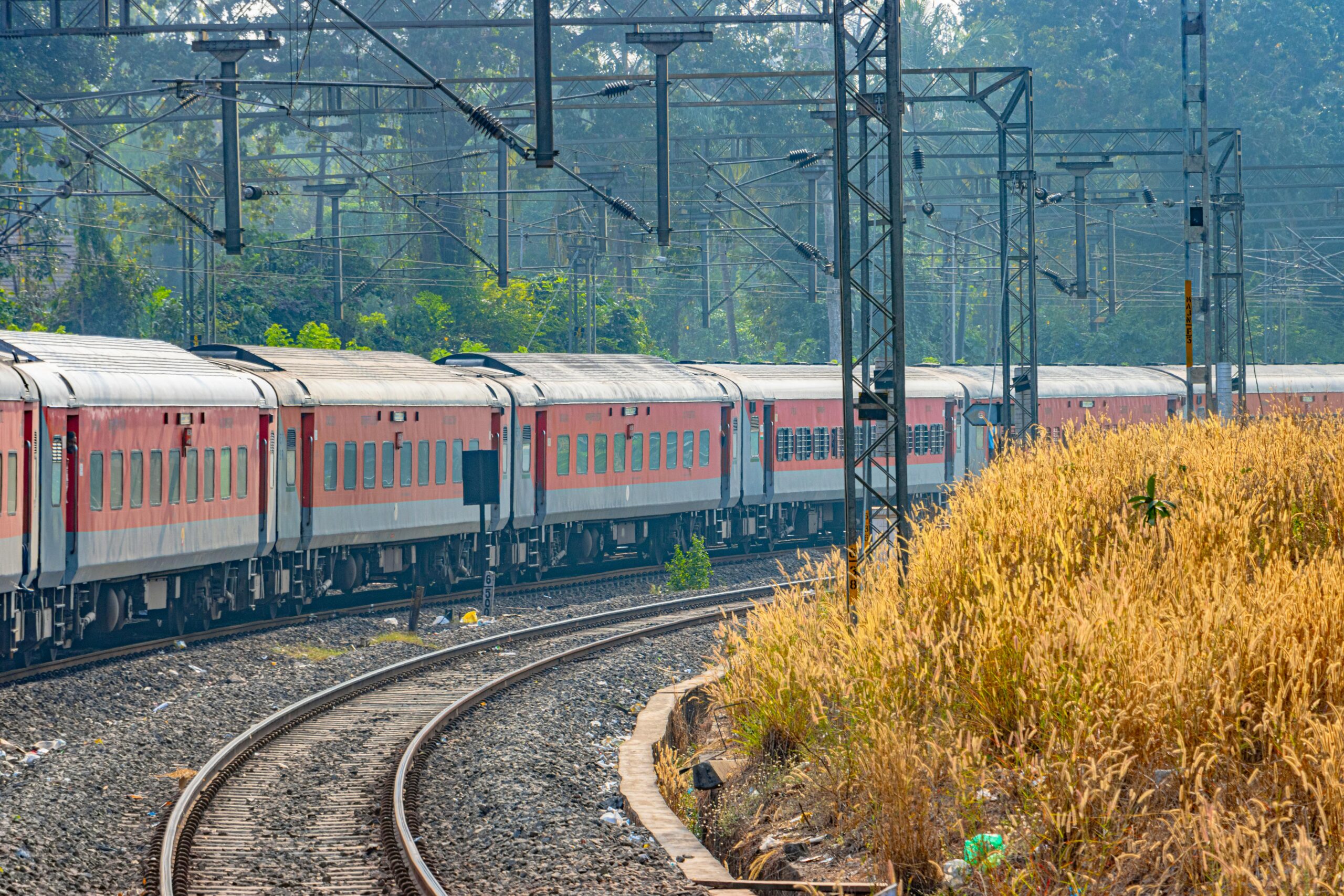If India had a heartbeat, it would pulse through its railways. Winding through bustling cities, sleepy villages, jungles, deserts, and mountains, Indian Railways is less a mode of transport and more a way to experience the country. It’s chaotic, charming, frustrating, unforgettable—and utterly essential.
Whether you’re a curious tourist or a nostalgic local, this guide will help you navigate the trains of India not just with strategy, but with appreciation.
Booking the Journey: Tips Before You Board
Before anything else—book early. Indian trains, especially popular ones, get sold out weeks in advance. Use the IRCTC website or trusted apps like ConfirmTkt or Trainman for a smoother booking experience.
Choose your class wisely:
- AC First (1A): Privacy and comfort, with bedding and meals included.
- AC 2-Tier (2A) or 3-Tier (3A): Comfortable and secure for long journeys.
- Sleeper Class: The classic train travel experience—affordable and sociable.
- General Class: Unreserved and unpredictable—best avoided unless you’re used to roughing it.
If you want real conversations, home-cooked snacks from co-passengers, and a window into India’s soul, Sleeper Class is where it all happens.
Packing for the Ride
Train travel in India is best approached with a mix of preparation and flexibility. Here’s what to carry:
- Bedding (a thin sheet and small pillow if you’re in Sleeper Class)
- A portable charger and an extension cord
- Dry snacks and a reusable water bottle
- A luggage chain and lock
- Tissues, hand sanitizer, and yes—your own toilet paper
Download offline maps and some entertainment. Wi-Fi is rare, and mobile signals can disappear for long stretches.
Food Onboard: From Chai to Biryani
One of the joys of Indian Railways is the food. Local vendors hop on at every major station offering everything from hot samosas and cutlets to region-specific treats like poha, litti-chokha, or fish curry and rice.
Want something more reliable? Most long-distance trains now support e-catering. You can order food online and have it delivered to your seat—ranging from biryani to thalis and even pizza.
And yes, don’t miss out on that paper cup of chai. It’s more than a beverage—it’s part of the journey.
What to Expect Onboard
Train journeys in India are unhurried. You’ll pass by shifting landscapes—city high-rises giving way to fields, mountains, rivers, and temples peeking from hilltops. Cows may slow the train. So might fog or a signal problem.
Inside the coach, life unfolds at its own pace. Children play, families unpack entire meals, and conversations spark over shared snacks. The person next to you might turn into a friend or a fascinating story. Everyone has a destination—but for a while, you’re all in it together.
Understanding the System: Delays, Cleanliness, and Culture
- Trains often run late—sometimes by minutes, sometimes hours. Be prepared and flexible.
- Cleanliness has improved but is still inconsistent. Premium trains like Rajdhani or Vande Bharat are much better maintained.
- Make sure you know your station codes and arrival time. Announcements aren’t always clear, especially at night.
Indian Railways also has a unique culture—of giving up berths for elders, sharing food with strangers, and debating politics over plastic cups of coffee.
Unmissable Train Experiences
- Konkan Railway (Mumbai to Goa): Hugging the coastline with lush greenery, rivers, and tunnels.
- Darjeeling Himalayan Railway: A UNESCO World Heritage ride through misty hills.
- Vivek Express: India’s longest train route—from Dibrugarh in Assam to Kanyakumari in Tamil Nadu, over 82 hours long.
- Palace on Wheels: A luxury train where you travel like royalty, complete with butlers and fine dining.
There are also special trains like the Lifeline Express—a hospital on wheels serving rural India.
A Few Golden Rules
- Respect the space and the people around you.
- Don’t expect punctuality. Expect experience.
- Travel light, but wisely.
- Observe. Talk. Listen. Every train ride is a moving classroom.
- Leave your assumptions at the station and let the journey surprise you.
Final Thoughts
Indian Railways is a paradox. It’s slow but vast, crowded but communal, messy but magical. It’s not just a transportation system—it’s a narrative that runs on steel tracks, telling the story of a billion lives in motion.
So next time you plan to travel across India, consider ditching the flight. Take the train. Sit by the window. Sip the chai. And watch India pass you by—one station, one conversation, and one unforgettable experience at a time.

